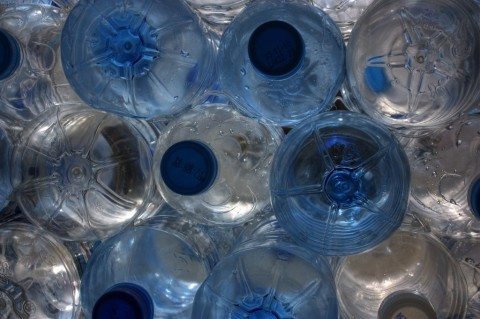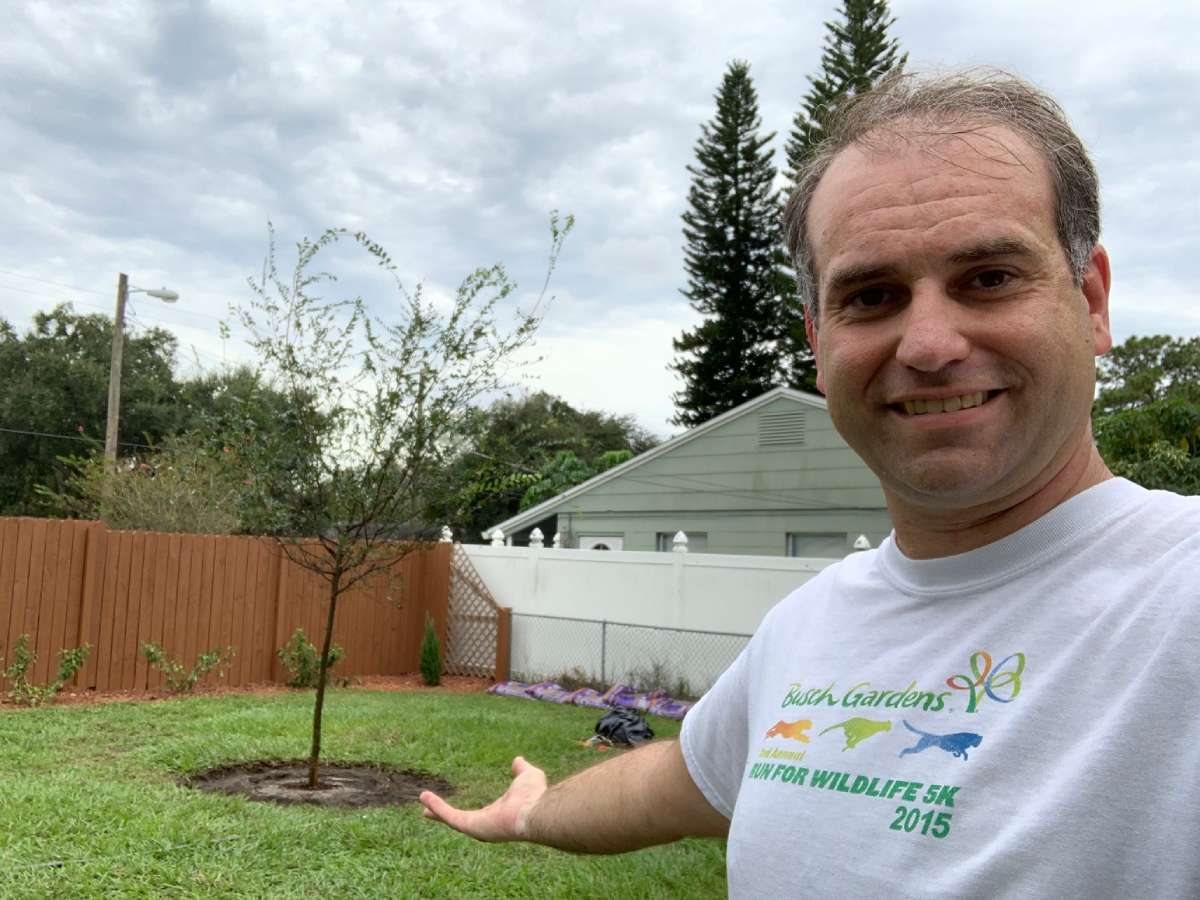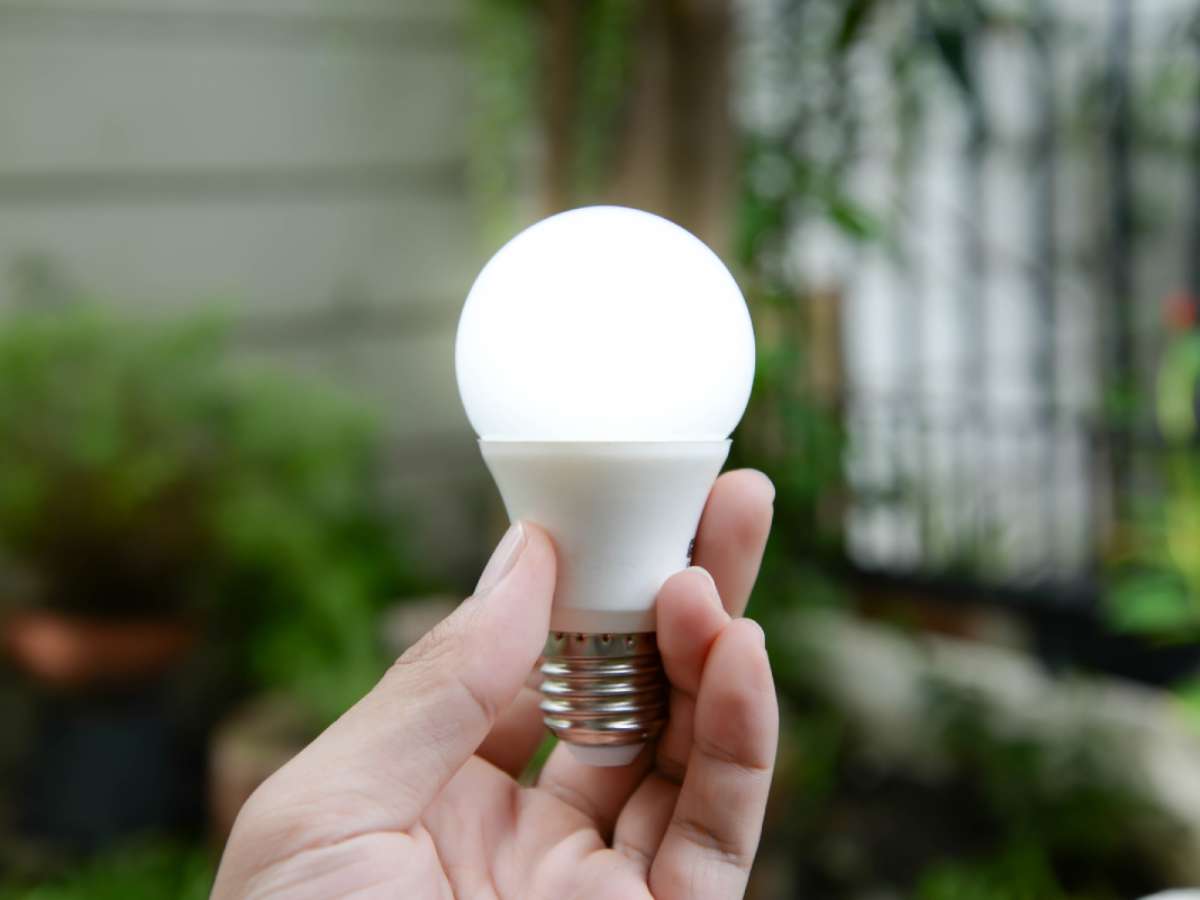In the last post we talked about the dangers of drinking bottled water.
Now that we know why to never again put the neurotoxin filled petroleum-derived containers to our lips, let’s talk about what alternatives exist.
There are 3 pretty effective ways to do this. Two of them are easy and inexpensive, the other is a little more involved and will cost a little bit on the front end.

But before we talk about how to get clean and fresh tasting water at home, we have to talk about what we’re going to put it in.
If we go to any lengths at all in obtaining clean water at home, yet place it in the same old plastic container, only half the problem has been conquered.
Sure we would have cut down on energy- and resource-heavy production and transportation issues of bottled water, but we’re most likely still consuming it from toxic, petroleum-derived, plastic bottles right?
Here I sit at the Billy Goat Coffee Cafe in Mt. Juliet, TN sipping on my coffee and my water that I have in a Nalgene bottle.
After reading an article titled Drinking Your Re-Fill by Umbra, I realize that’s probably not a great idea.
Flip over whatever plastic bottle, be it Nalgene or another brand, and take a look at the number on the bottom with three arrows making a triangle around it. Is it the number 7 with “PC” underneath it? If so, you may want to cease drinking from that bottle.
In the previously cited post, Umbra says:
Nalgene bottles, made of polycarbonate (#7) or “Lexan,” are more closely linked to bad stuff, specifically an ingredient called bisphenol-A (BPA). BPA is an endocrine disruptor that mimics estrogen and has been linked to aneuploidy, adipogenesis, and other scary problems with funny names. Drinking water or eating food containing leached BPA may cause chromosomal disruption, miscarriages, birth defects, or obesity. Eek!
Basically, if you must use a non-destructible plastic container, make sure it is #2, #4, or #5 plastic. These plastics are made either from HDPE, LDPE, or polypropylene (PP) and are more safe than bottles made from Polycarbonate or “Lexan” (#7 plastics), PVC (#3 plastics), and polystyrene (#6 plastics). Nalgene does make bottles from the safer plastics as well (but not in any of the fun little colors, sorry).
Ideally, the best choice for the environment and your health, would be to choose either a glass, ceramic, or maybe even metal water bottle or glass. [I’m currently researching the metal water bottle thing. It seems to me that it would not be safe or sustainable, but I’ve found information both ways… more to come on that soon.]
Ok, now that we know A LOT about plastics and which ones to use if we must, we’ll talk about the specific ways to get safe and sustainable water at home… in the next post.



